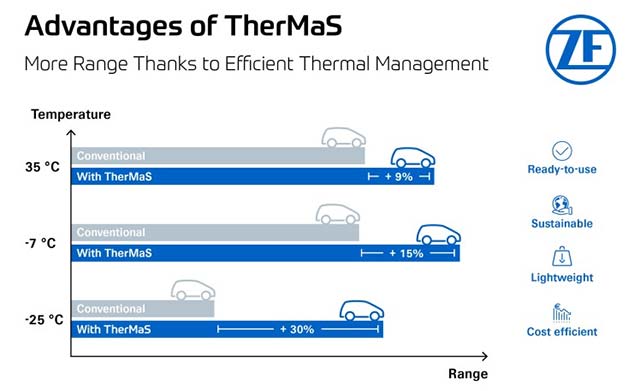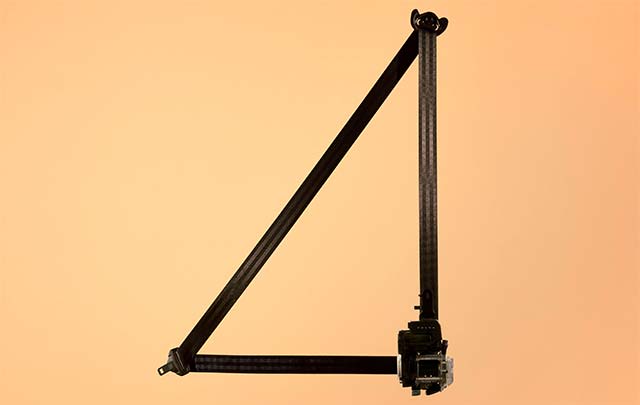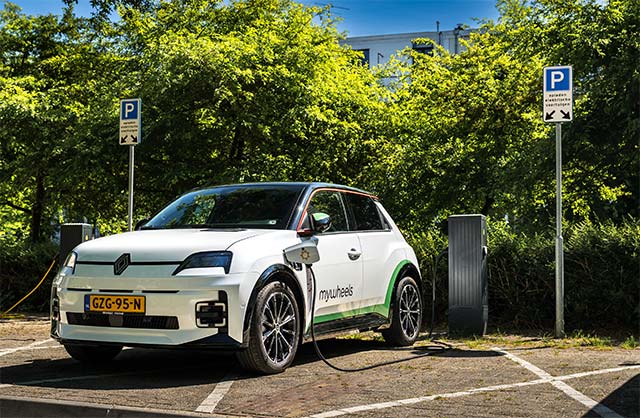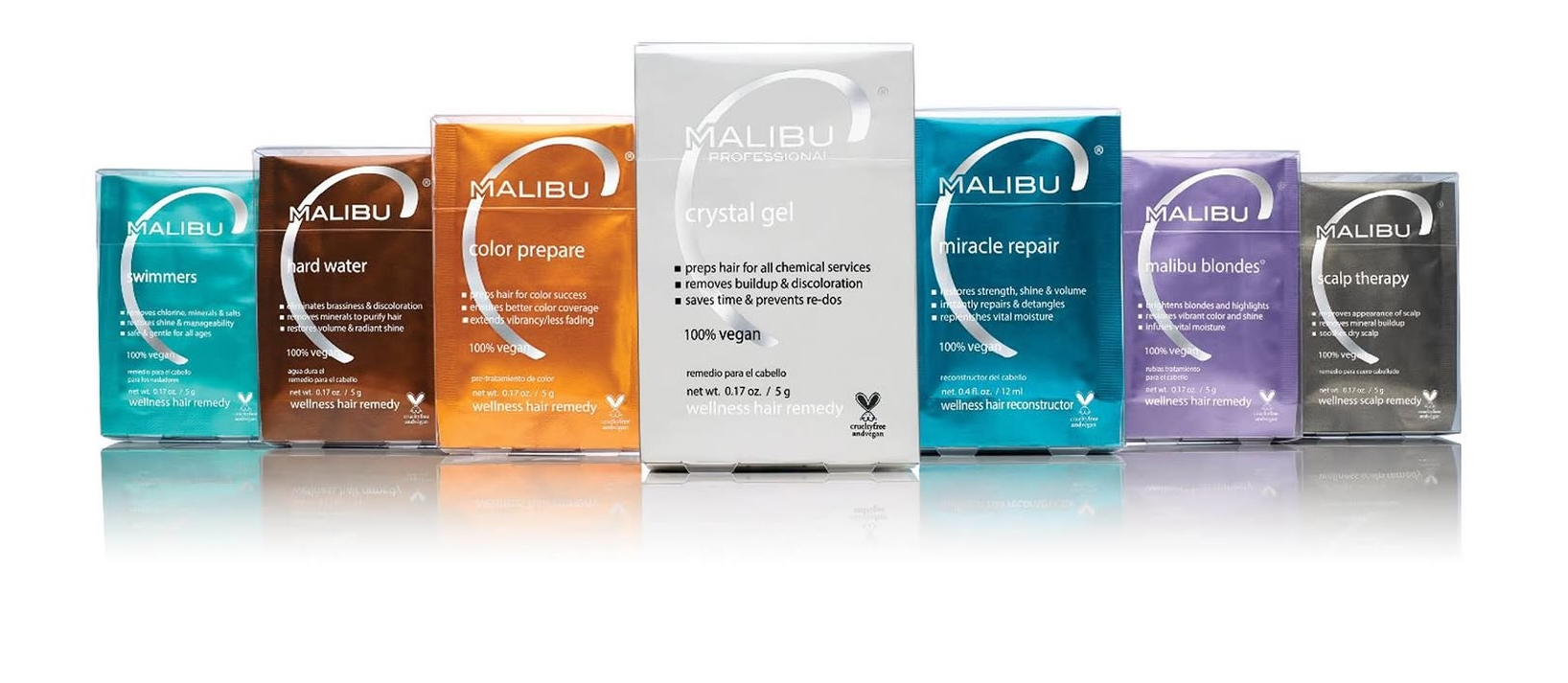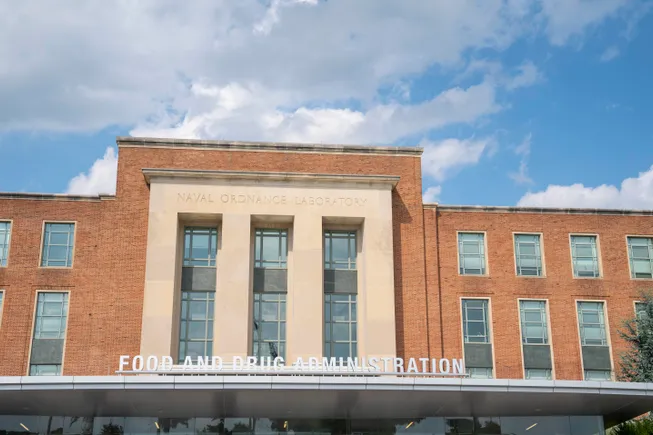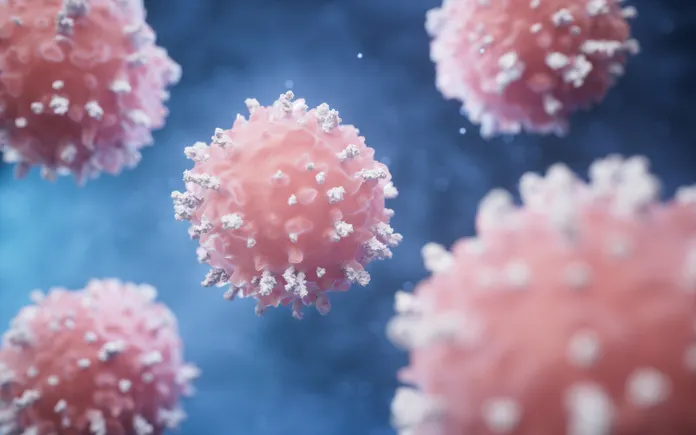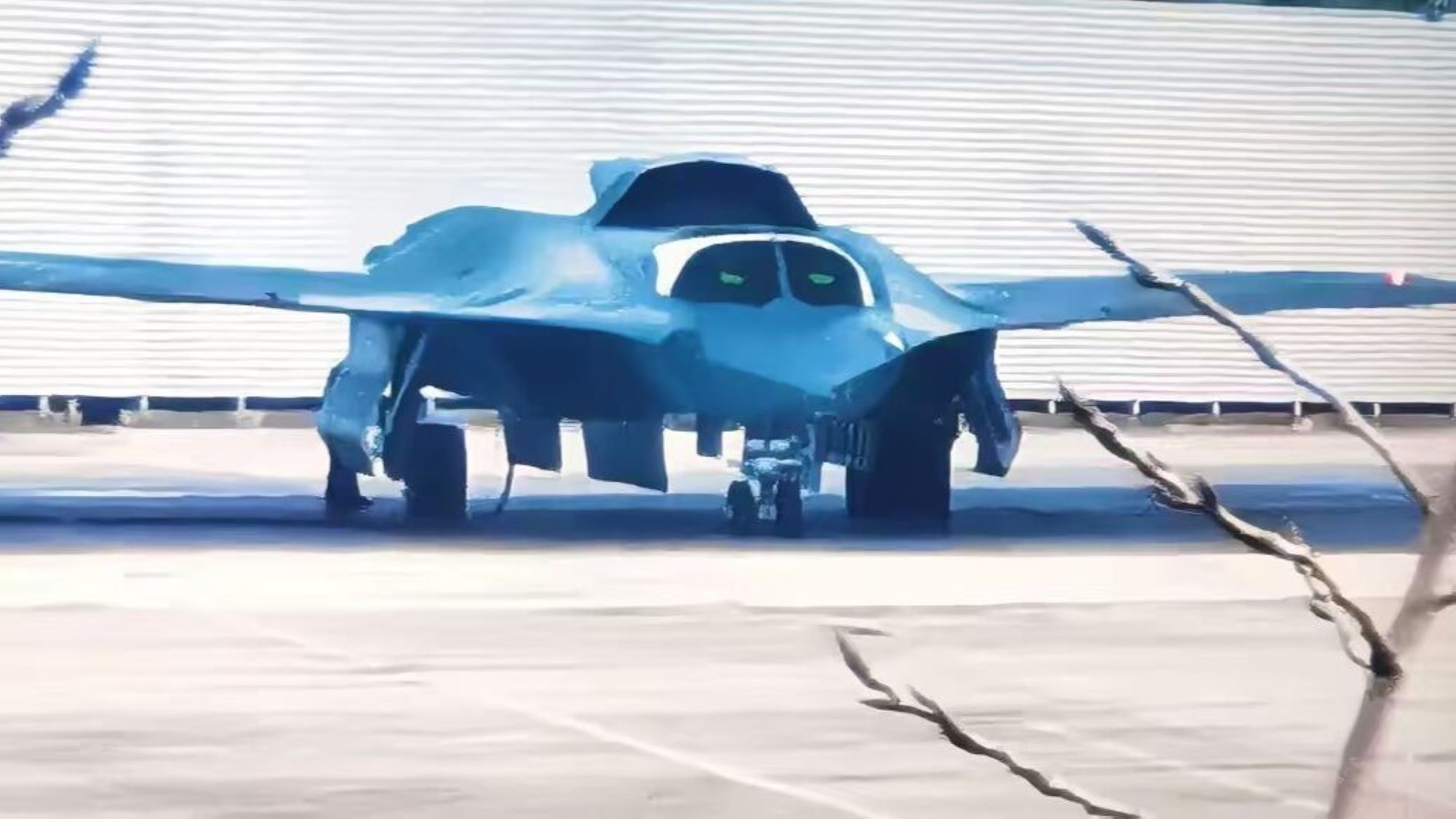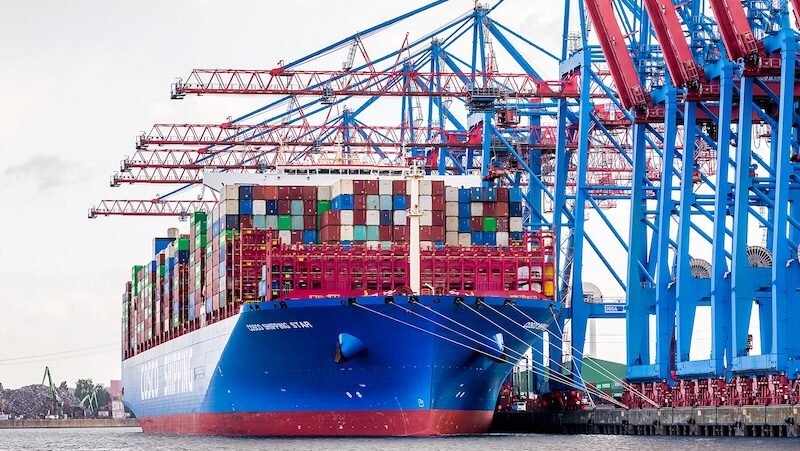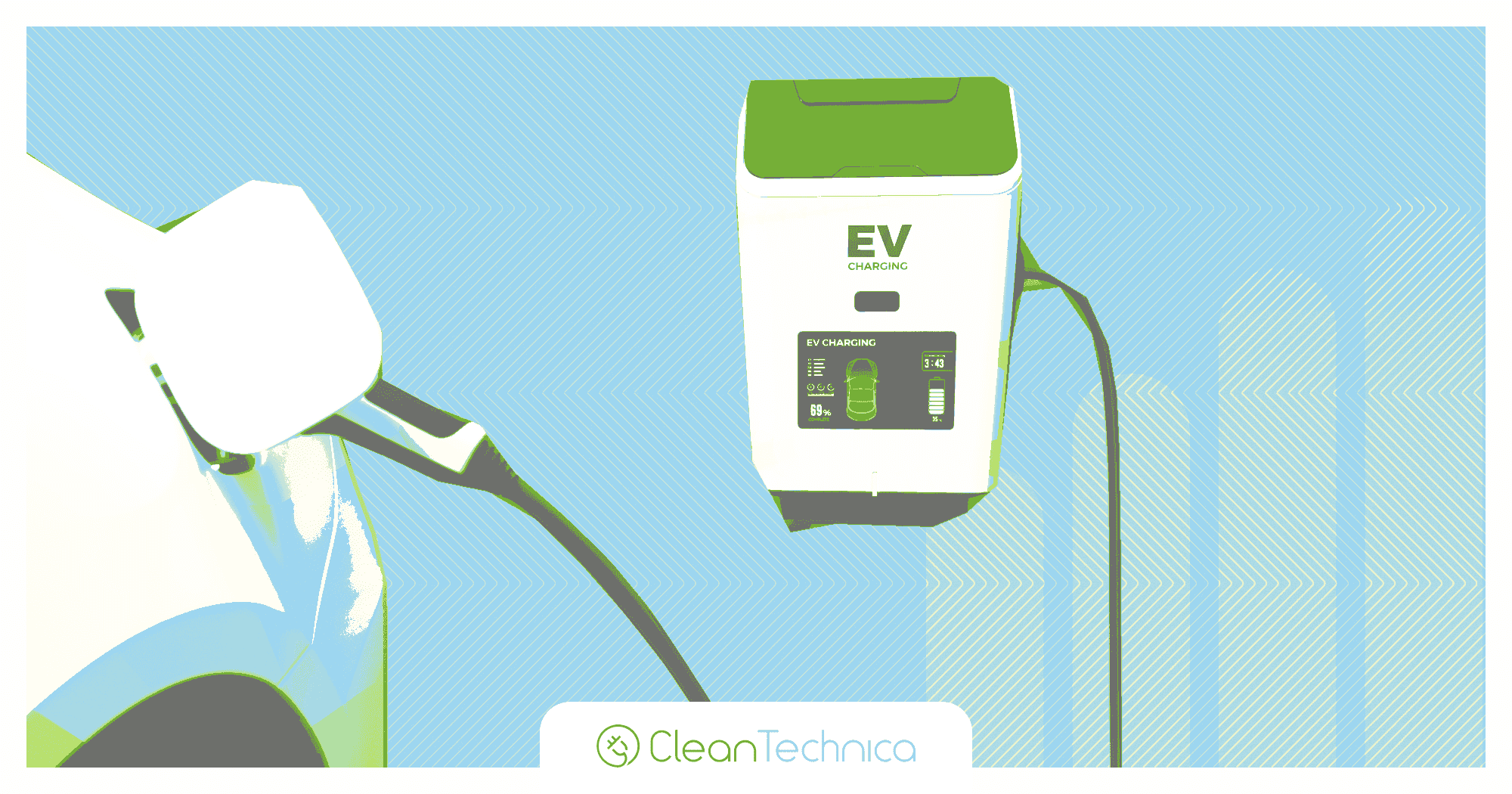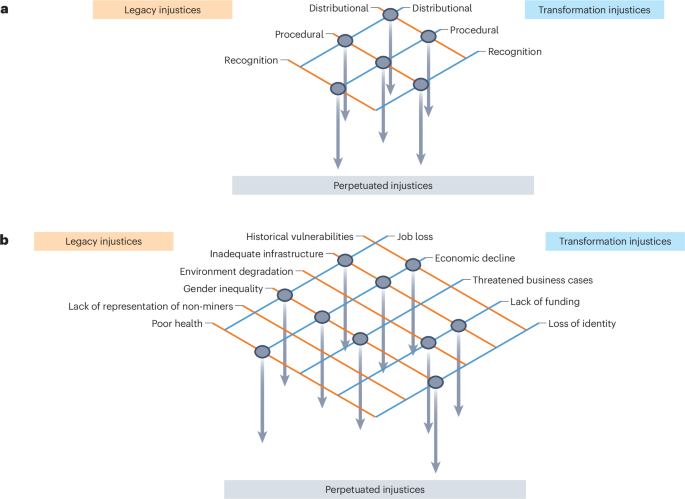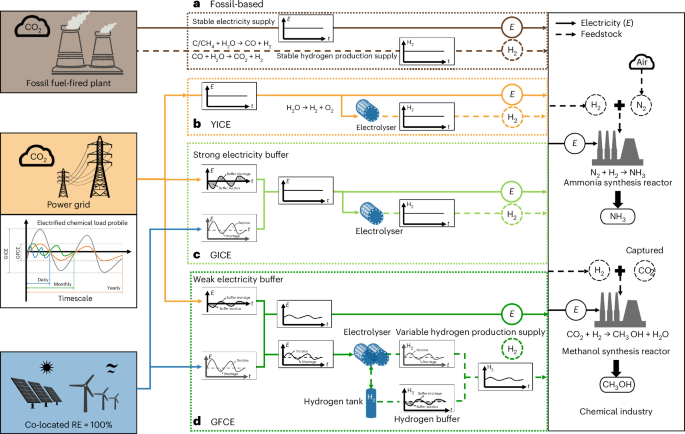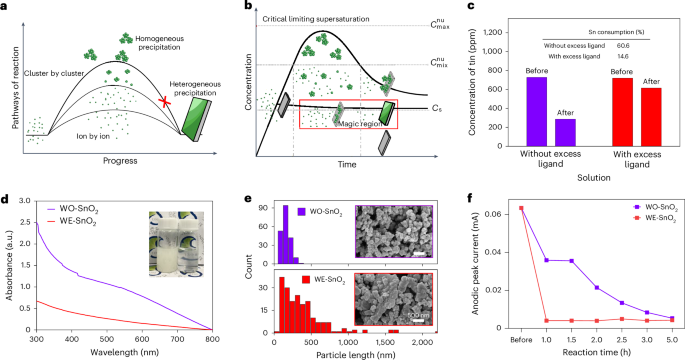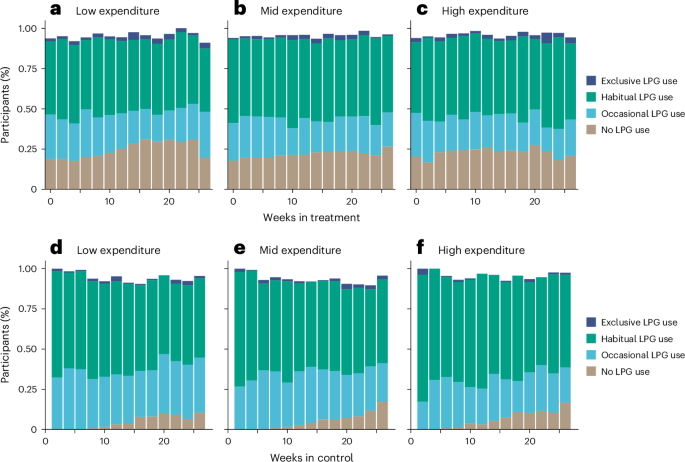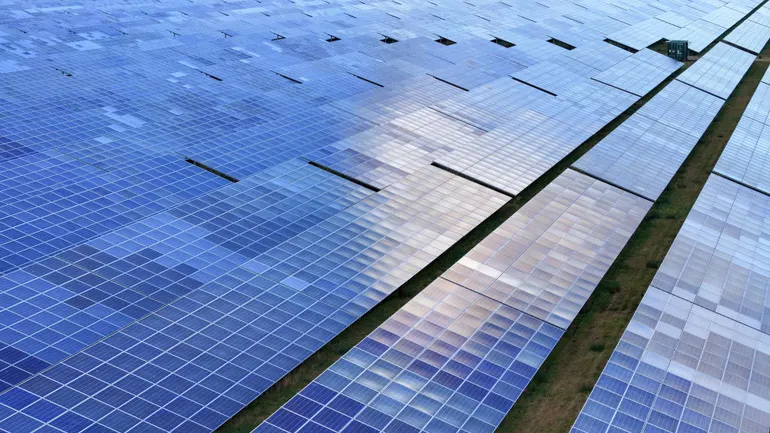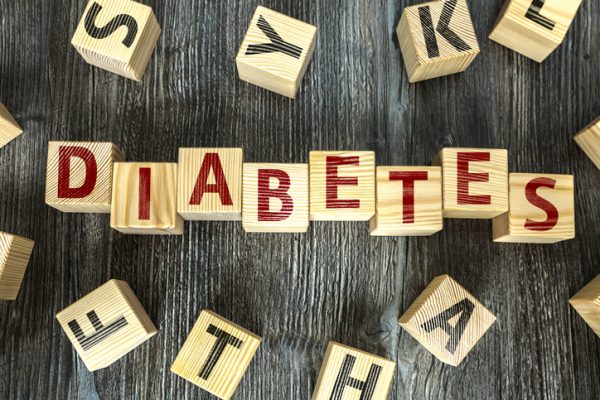Bioprinting Perfusable and Vascularized Skeletal Muscle Flaps for the Treatment of Volumetric Muscle Loss
Advanced Healthcare Materials, Volume 14, Issue 13, May 16, 2025.

Volumetric muscle loss (VML) due to trauma or surgery, often leads to physical impairments. Traditional treatments rely on autologous flaps, limited by muscle availability often leading to donor site morbidity. This study presents multimodal bioprinting as an innovative approach for fabricating vascularized muscle flaps with 3D-printed macrovessels, successfully repairing VML injuries in rats while enhancing tissue integration and viability.
Abstract
Volumetric muscle loss (VML) refers to muscle tissue loss exceeding 20% within a functional area due to trauma or surgery, often leading to physical disabilities. VML treatment relies on the transplantation of autologous flaps harvested from a healthy-donor site while minimizing the probability of immune rejection. However, this approach often leads to donor-site morbidity and relies on a restricted supply of muscle tissue. Current solutions in tissue engineering focus on engineered grafts lacking hierarchical vasculature with a feeding vessel, thus limited by diffusion. This study expanded upon a new approach of multimodal bioprinting which enabled the fabrication of thick hierarchical vascular muscle flaps composed of bioprinted and vascularized skeletal muscle tissue, and a 3D-printed engineered macrovessel, which successfully repaired VML injury in-vivo. The flaps are implanted by anastomosing the macrovessel via microsurgery to the femoral artery in proximity to an induced VML injury in Sprague-Dawley rat hindlimbs. Immediate perfusion of the flaps is demonstrated, as is flap endurance to physiological blood pressure, flow, and shear stress. Flap implantation enhanced myocyte differentiation, and vascular ingrowth and facilitated tissue viability and integration. These results obtained by utilizing human-origin cells provide a foundation for fabricating patient-specific flaps for the treatment of extensive soft tissue defects.























